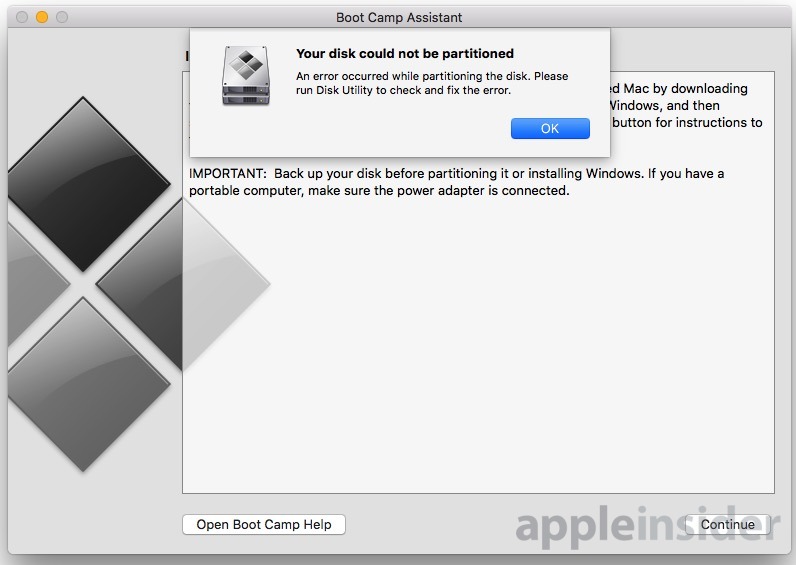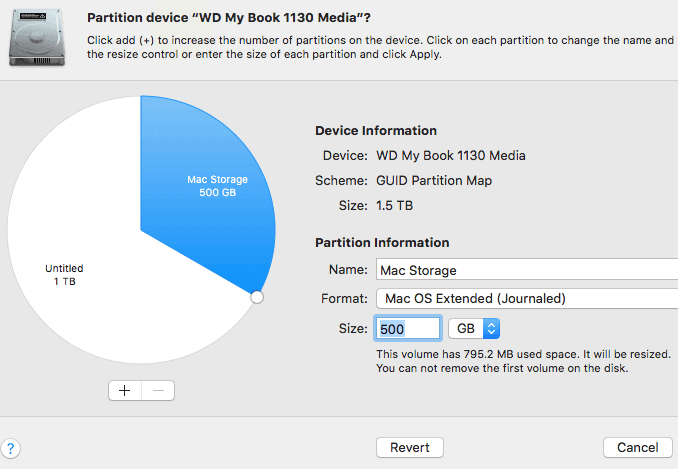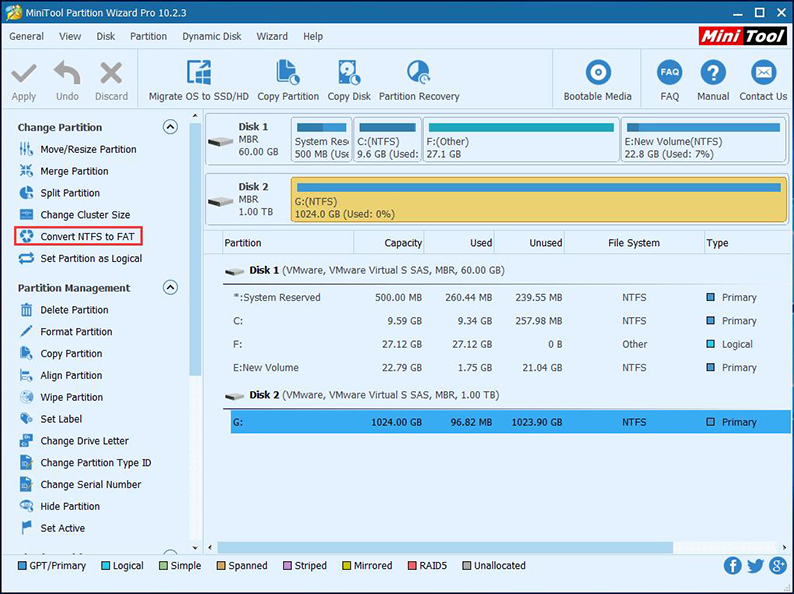


This feature was introduced in macOS 10.13 and is not available in 10.11 or 10.12. The view button is in the upper left side of the Disk Utility window. If you don’t see two entries listed in the sidebar, change the view in disk utility to show both the drive and the volume. MacOS starting version 10.13-Make sure to select the disk and not just the volume. A FAT32 partition can reach up to 32GB when formatted on a Windows PC.

However, FAT32 is a legacy file system designed for low capacity hard drives and it is not recommended for modern hard drives or operating systems. exFAT is not a journaled file system which means it can be more susceptible to data corruption when errors occur or the drive is not disconnected properly from the computer.įAT32-Compatible with macOS and Windows.

#ONE PARTITION FOR MAC AND ONE FOR WINDOWS EXTERNAL HARD DRIVE MAC OS#
Mac OS Extended (HFS+)-An Apple file system optimized for macOS 10.12 and earlier. macOS can read NTFS volumes but cannot natively write to them. If you use the drive with only one type of computer, you can optimize file copy performance by formatting the drive in the native file system for your operating system-NTFS for Windows or HFS+ for macOS. Clicking on the - button removes the partition.Seagate One Touch SSD is preformatted exFAT for compatibility with both Mac and Windows computers. This will divide the selected partition in two 250GB partitions, to go along with the 500GB partition. Instead, you can select 2 Partitions in the menu, select one of the 500GB partitions, and then click on the + button. Selecting 3 Partitions in the Partition Layout menu creates three partitions of equal size. For example, say you want to create three partitions, one 500GB, and the other two 250GB each. These buttons are especially handy if you want to divide a specific partition into more partitions. In this example, the first partition will be set to 300GB, while the second will be set to 700GB.Īnother way to set your partitions is to use the + and - buttons. You can also select a partition and enter the desired capacity in the Size box. Then you’ll see the capacity in the Size box. To see the actual capacity when you adjust the size, click on one of the partitions so that it has a blue outline. Click and drag up or down to adjust the sizes. In the graphic the represents the partitions, there’s a dot between the partitions. There are a few ways to adjust the size of the partitions.


 0 kommentar(er)
0 kommentar(er)
